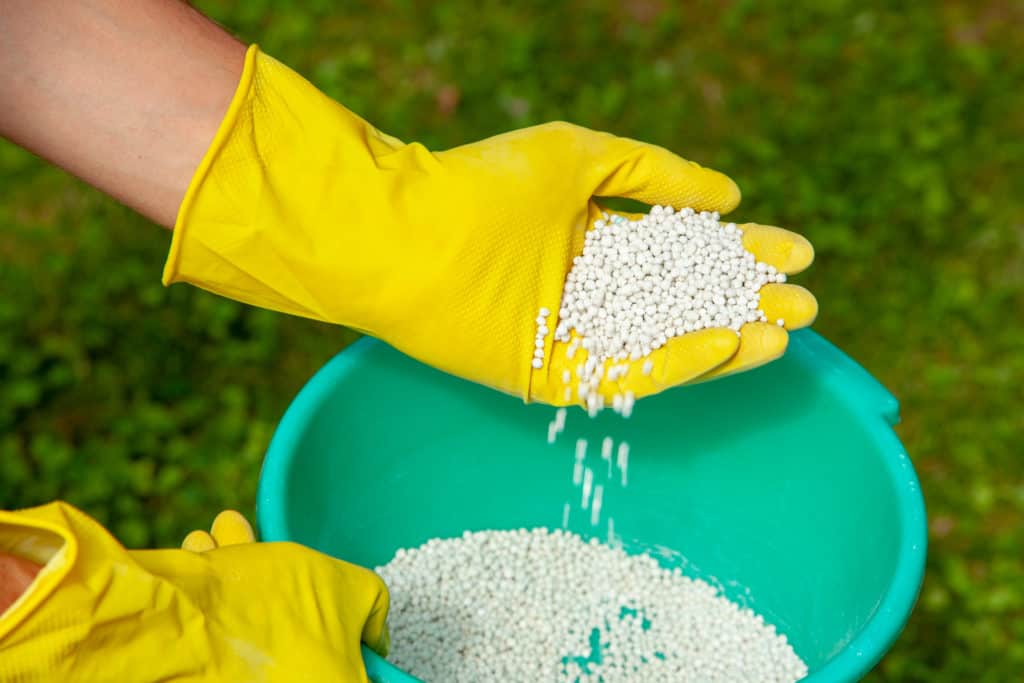Everyone loves having a beautiful lawn. What people don’t like is the work that goes into making it attractive. The key to success in giving your yard a little curb appeal is fertilizer. It’s probably the most crucial element of lawn care you can ever have.
Still, it’s not as easy as just throwing a couple of bags of the stuff in your yard. There’s more than one type of grass, and each one has its unique needs when it comes to how to care for it. So before starting the fertilizing path, you have to answer a few questions and make a few decisions.
Types of Fertilizers
There are several types of fertilizers to choose from:
- Slow-release – usually on the expensive side, but you will need to fertilize less often.
- Fast-release – Gets fast results, but you’ll have to make frequent applications.
- Weed and feed – Use this type if you have problems with weeds.
- Organic – A combination of compost and manure. These have a lower concentration of nutrients, so you’ll need to use a lot more to get the job done.
It All Comes Down to Numbers
Every fertilizer package has hyphenated numbers on it. They look something like this.
10-10-10
34-0-0
14-7-7
Each number shows the percentage of nitrogen, potassium, phosphorus. These are three nutrients that help your grass have that healthy, lush color.
- Nitrogen helps it get that healthy lush green color
- Phosphorus feeds the roots
- Potassium strengthens the stems and allows the grass to resist pests
How much of each nutrient you need will depend on:
- the type of grass
- type of soil
- time of year
The best way to decide is with a soil test, but if you can’t do that, you might want to talk to an expert at your local garden center and get some additional feedback.
Choosing Your Spreader
Once you have your fertilizer, it’s time to think about how you will apply it. There are several different ways to do this. If you’re working with a low budget, you can apply it by hand. However, make sure you give it an even spread across your lawn; otherwise, you could end up with unsightly burn spots in areas with too much fertilizer and bald or pale spots where there wasn’t enough.
If you can, try to get a broadcast or rotary spreader. This equipment is pretty easy to use and generally ensures good even coverage.
Before You Fertilize
Before you apply the fertilizer, you want to prepare your lawn. First, give your yard a good soaking about two days before you start. When the grass has dried again, apply your fertilizer and then give it a light watering. This second watering is key to success as it helps the fertilizer get down into the soil and prevents burning.
Getting your lawn to that lushness you love will take a little work and planning, but the result will be worth the effort, and it will be a great way to showcase your home with pride.




